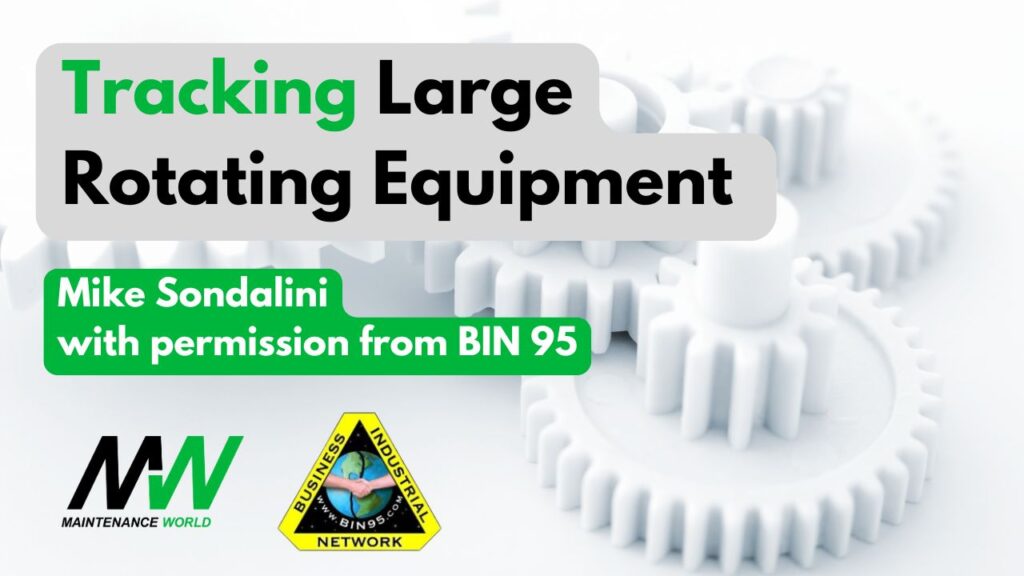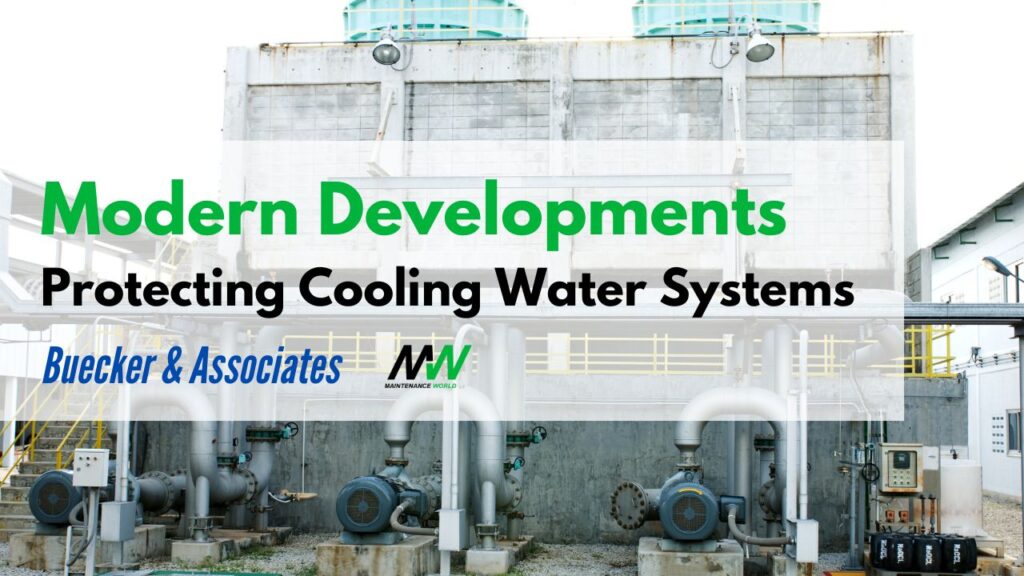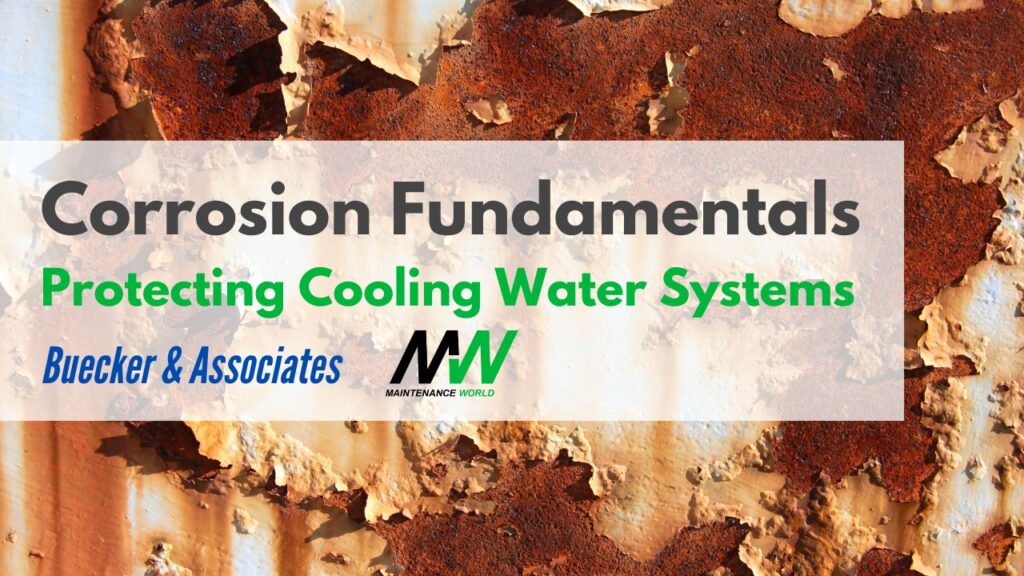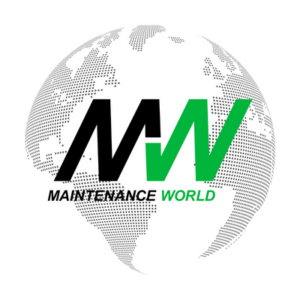10 Reliability and Maintenance Books to Read in 2025
Following up on last year’s Reliability and Maintenance Book list, we have a new list for 2025 which includes more classic reads as well as the ones you requested in the comments! Please enjoy and let us know what you would like to see highlighted in 2026.
10 Reliability and Maintenance Books to Read in 2025 Read More »











